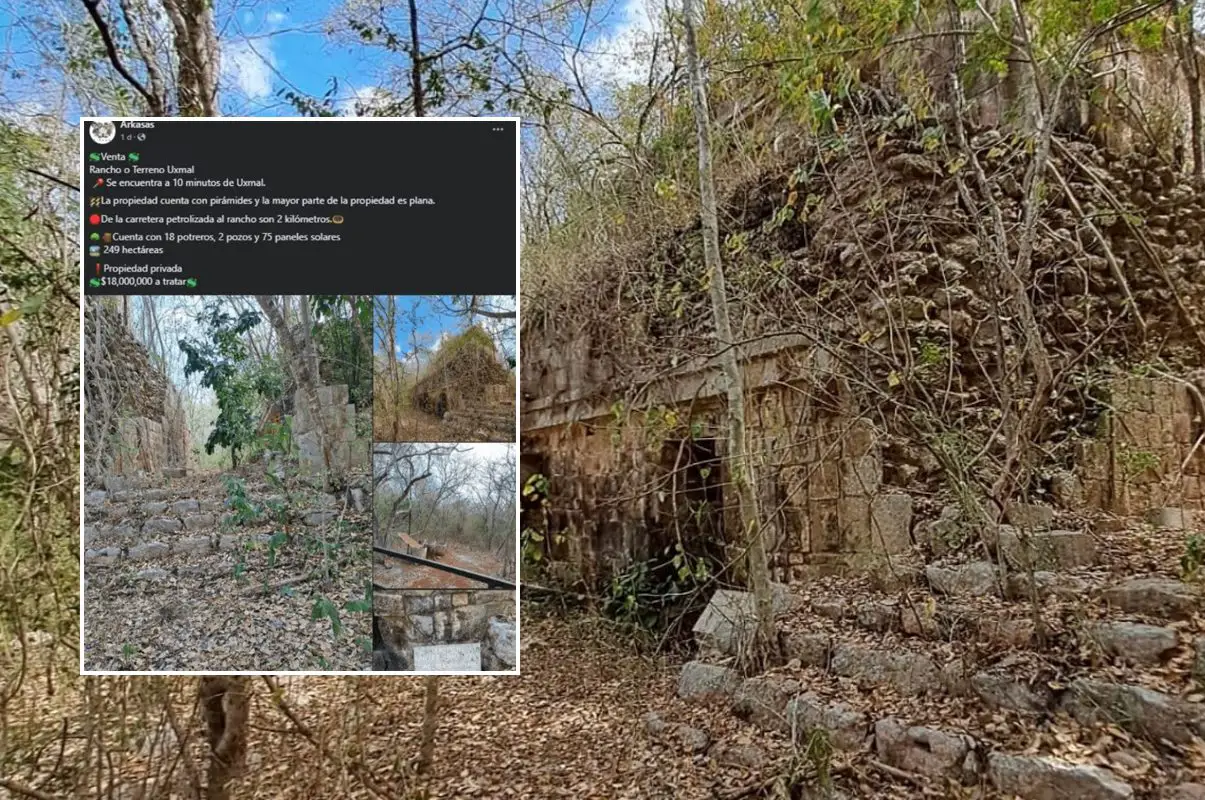The National Institute of Anthropology and History (INAH) is taking legal action against the private sale of land that contains Maya monuments in the Mexican state of Yucatan.
The property, which was advertised on social media, consists of 249 hectares and contains the remains of ancient Maya structures within the Xkipche Archaeological Zone, a registered monument in the Archaeological Atlas of the state of Yucatán.
Xkipché is located in the Puuc region, around 9.5 kilometres south-west of Uxmal. The city was inhabited from the 6th until the 10th century AD and has eight main concentrations of buildings, including a ceremonial centre, residential structures, and a large structure referred to as the “palace”.
The present owners of the land posted an advert on a Facebook group, stating that the site is being sold as a “ranch” with “18 paddocks”, and is “located ten minutes from the archaeological zone of Uxmal and has pyramids”.
They also stated that the land has been previously investigated by academic institutions between the years of 1990 and 1997, and from 2002 to 2004 by archaeologists from Bonn University in Germany, working in collaboration with INAH.
The advert is asking for 18 million pesos, which is around $992,709.
Mexican law allows private ownership of land that contains archaeological remains, however, all such remains are considered the property of the federal government according to the constitution. This designation makes it impossible for these remains to be sold.
According to Article 27 of Mexican laws on cultural heritage – “Movable and immovable archaeological monuments are property of the Nation, inalienable and imprescriptible.”
The advert has caused outrage across social media and has made national headlines across Mexico, stating that the sale would leave a precedent, enabling private sales of archaeological sites for profit that could compromise the cultural heritage of the nation.
Director of the INAH Yucatán Center, José Arturo Chab Cárdenas, indicated that a criminal complaint will be filed against the owners of said land for commercialisation of archaeological monuments.





